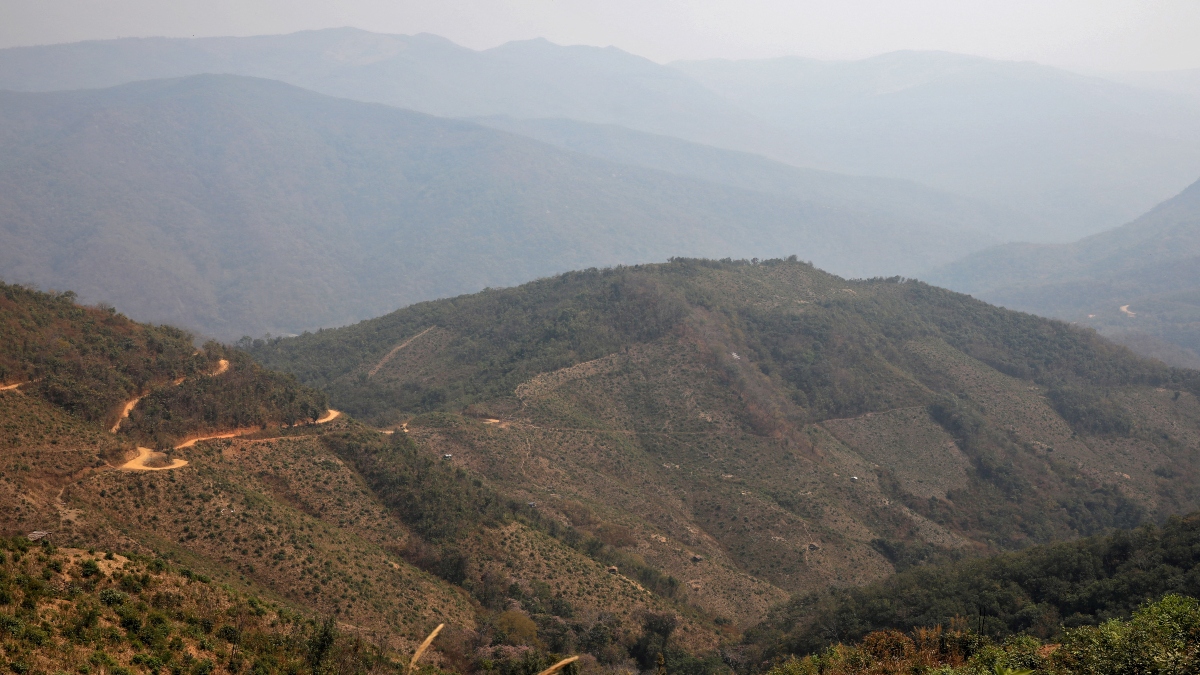India is set to allocate nearly $3.7 billion to fence its 1,610-km (1,000-mile) porous border with Myanmar over the span of about ten years, according to a Reuters report, citing source familiar with the matter.
Earlier this year, New Delhi announced its intention to fence the border, an initiative which aims to curb smuggling and other illicit activities, and terminate the long-standing visa-free movement arrangement with Myanmar for border residents, citing national security concerns and the preservation of the demographic composition of its northeastern region.
A government committee, convened earlier this month, has greenlit the budget for the fencing project, pending approval from Prime Minister Narendra Modi’s cabinet, according to the source.
According to the report, requests for comment sent via email to the Prime Minister’s Office and the Ministries of Home Affairs, Finance, Foreign Affairs, and Information and Broadcasting went unanswered at the time of reporting.
Myanmar has so far not commented on India’s fencing plans, added the report.
Since a military coup in Myanmar in 2021, thousands of civilians and hundreds of troops have fled from there to Indian states where people on both sides share ethnic and familial ties. This has worried New Delhi because of risk of communal tensions spreading to India.
Some members of the Indian government have also blamed the porous border for abetting the tense situation in the restive northeastern Indian state of Manipur, abutting Myanmar. For nearly a year, Manipur has been engulfed by a civil war-like situation between two ethnic groups, one of which shares lineage with Myanmar’s Chin tribe.
Impact Shorts
More ShortsThe committee of senior Indian officials also agreed to build parallel roads along the fence and 1,700 km (1,050 miles) of feeder roads connecting military bases to the border, the source said.
The fence and the adjoining road will cost nearly 125 million rupees per km, more than double that of the 55 million per km cost for the border fence with Bangladesh built in 2020, the source said, because of the difficult hilly terrain and the use of technology to prevent intrusion and corrosion.
With inputs from agencies
)